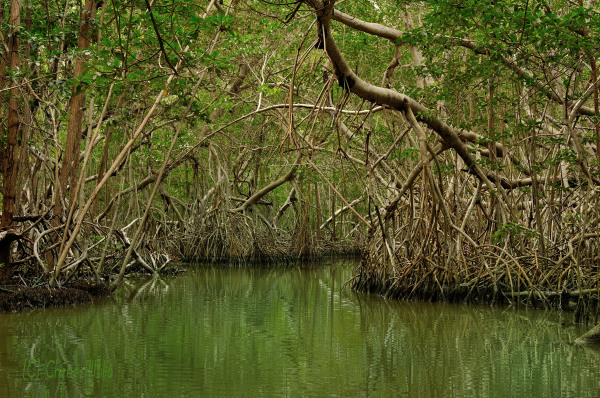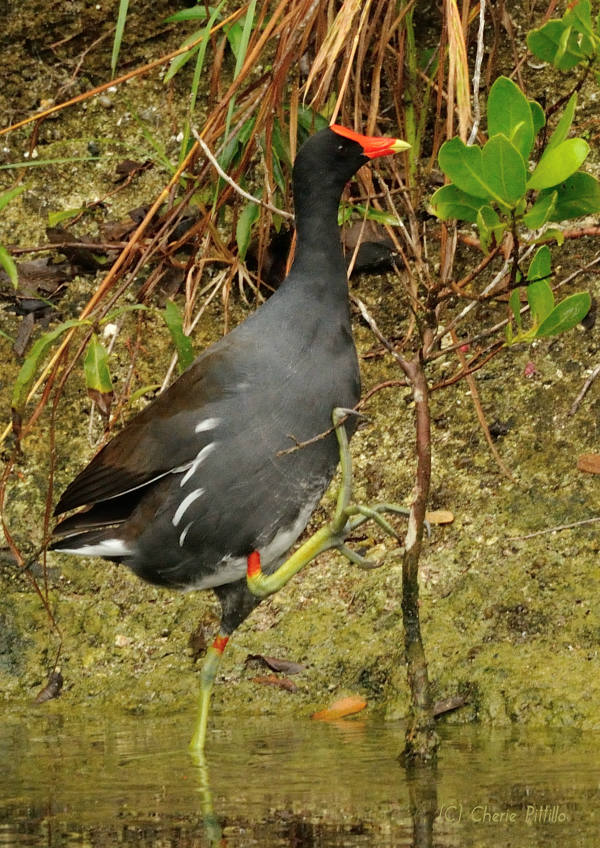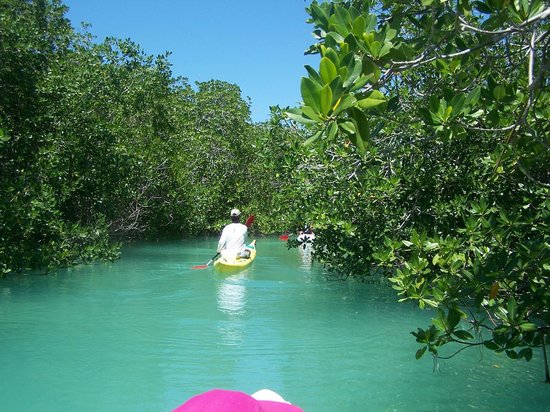According to Conabio, the state of Quintana Roo has a total of 247,000 hectares of mangroves, followed by Campeche with 200,000 and Yucatan with 96,000.
In Mexico, it is estimated that there are 905 thousand hectares of surface covered with mangroves throughout the territory, of which 544,169 are located in the Yucatan Peninsula, this represents 60.1 percent of the national inventory.
However, in the last four decades these wetlands have faced the negative impact of human activities, which have contributed to the loss of these ecosystems in different regions.
According to the Mangrove Monitoring System of Mexico (SMMM), mangroves in the country represent 6 percent of the total worldwide, which places Mexico in the fourth position of the territories that have these ecosystems, behind Indonesia, Australia and Brazil. Not only are these habitats home to many species of living beings, they also provide natural protection against strong winds, currents,
hurricanes, and tidal waves.

81 sites have been identified
It is worth putting into context that, according to the Atlas of nature and society of the National Commission for the Knowledge and Use of Biodiversity (Conabio), in the country there are at least 81 mangrove sites identified by specialists.
Among the priority mangrove sites in Yucatan are Celestún, Dzilam, El Palmar, Progreso, Ría Lagartos, El Cuyo, Las Coloradas, San Fernando and Telchac. While in Quintana Roo the Costa Maya, Cozumel, Nichupté, Puerto Morelos-Punta Maroma, Sian Ka’an, the Chacmuchuc Lagoon System and Yum Balam are located.
For its part, in Campeche the priority mangroves are located on the border with Celestún, Atasta Norte, Boca del Río Chumpan, Isla Aguada, Boca de Pargos, Isla del Carmen, Petenes, Pom-Atasta, Río Champotón, Sabancuy Chen kan and in San Pedro -New Little Camp.

96 thousand there are in Yucatan
In fact, according to Conabio’s Mexican Biodiversity website, it is estimated that Yucatan has 96,873 hectares of surface area covered with mangroves, which represents 10.7 percent of the inventory at the national level; meanwhile, in Quintana Roo mangroves occupy 247 thousand 17 hectares, that is, 27.2 percent of the total in the country.
On the other hand, Campeche also has a large portion of the surface where these ecosystems are found, covering 200 thousand 279 hectares, or 22.1 percent of the total Mexican mangroves.
The World Wide Fund for Nature (WWF) declared, in the context of the increase in global temperature due to climate change, that the trees and vegetation that inhabit the mangroves capture large quanitites of carbon, one of the gases that cause the greenhouse effect.
It is for this reason that the Bezos Earth Fund, the foundation of billionaire Jeff Bezos, will finance WWF with 100 million US dollars to carry out a number of projects and actions that include the recovery of wetlands in Mexico, Colombia, Fiji and Madagascar.
Now, with part of this multimillion-dollar resource, “the protection and restoration of mangroves in the Marismas Nacionales region, in Nayarit, will be financed; the Río Lagartos Biosphere Reserve and the Dzilam State Reserve, in Yucatán; as well as the Yum Balam Flora and Fauna Protection Area, in Quintana Roo, which will directly and indirectly benefit thousands of people”, assured Jorge Rickards, general director of WWF Mexico.
According to WWF, the solutions they propose to deal with the climate crisis are based on supporting local communities to adapt to climate change and mitigate its impacts, “which generates benefits for people and nature.”
The environmental organization explains that the mangroves are a feeding, refuge and growth area for fish and crustaceans, which benefits a large part of the productive fishing activities; They also “control erosion, serve as a biological filter and habitat for a large number of flora and fauna, among other environmental services.”
TYT Newsroom


